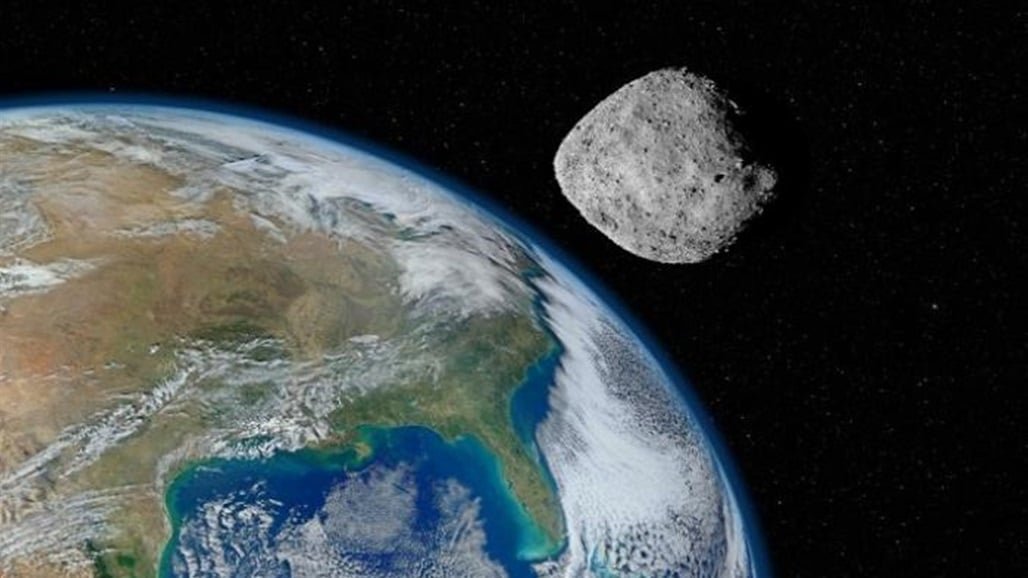Slim Chance of Earth Destruction: What Will Happen in 2182?
The asteroid known as Apophis is classified as a Near-Earth Object, currently at its closest distance to our planet every six years, approximately 299,000 kilometers away.
In the future, Apophis might come even closer, with scientists estimating the odds of an Earth impact in September 2182 at 1 in 2,700.
What Would Happen if Apophis Hits Earth?
According to a new study based on computer simulations of an impact by an asteroid about 500 meters in diameter like Apophis, the consequences would be devastating.
Besides immediate destruction, the study predicts that such an impact could introduce between 100 to 400 million tons of dust into the atmosphere, leading to climate and atmospheric chemistry disruptions, and affecting global photosynthesis for 3 to 4 years.
Lan Dai, a researcher at the IBS Center for Climate Physics at Pusan National University in South Korea and one of the lead authors of the study published this week in “Science Advances,” stated, “The dust-induced dimming could cause a sudden global winter with reduced sunlight and cooler weather.”
In the worst-case scenarios, researchers found that average surface temperatures could drop by about 4 degrees Celsius, rainfall could decrease by 15%, photosynthesis might reduce by 20 to 30%, and the protective ozone layer could shrink by 32%.
The scientists further noted that a collision by an asteroid of Apophis’ size would generate shock waves, earthquakes, forest fires, and thermal radiation, leaving a massive crater and ejecting vast amounts of debris into the air.
Dai and another lead author, Axel Timmermann, specialized in climate physics and director of the IBS Center, added that large amounts of dust and gases would reach the upper atmosphere, causing effects that last years on the climate and ecosystems.
Timmermann remarked, “The probability of Apophis colliding with Earth is very slim at 0.037%. Despite its small size, the potential impact would be extremely severe, likely leading to significant long-term food security issues on our planet.”
While the human casualties from such an event would be enormous, this was beyond the scope of the study. Dai mentioned that “the number of potential deaths would largely depend on the asteroid’s impact location.”
Scientists know much about Apophis, which is a loose conglomerate of rocky material rather than a
solid body, remnants from a larger celestial body formed about 4.5 billion years ago, near the dawn of
our solar system.
In 2020, NASA’s OSIRIS-REx spacecraft collected samples from Apophis for analysis, providing
insights into its composition.




